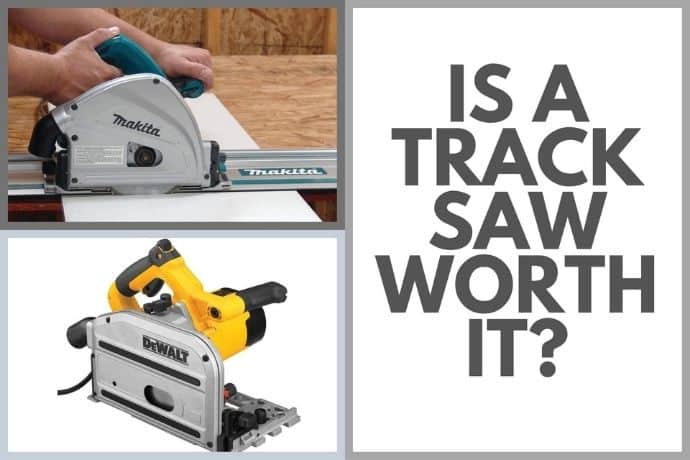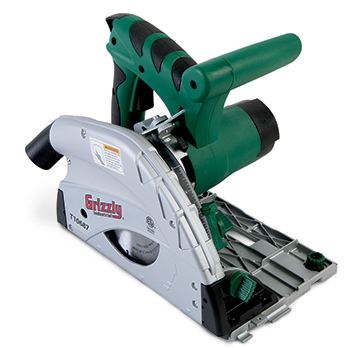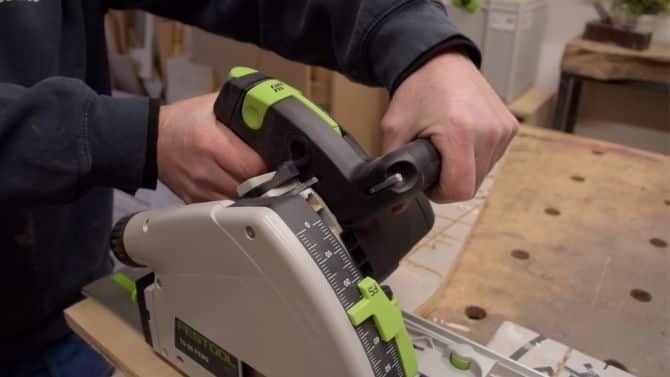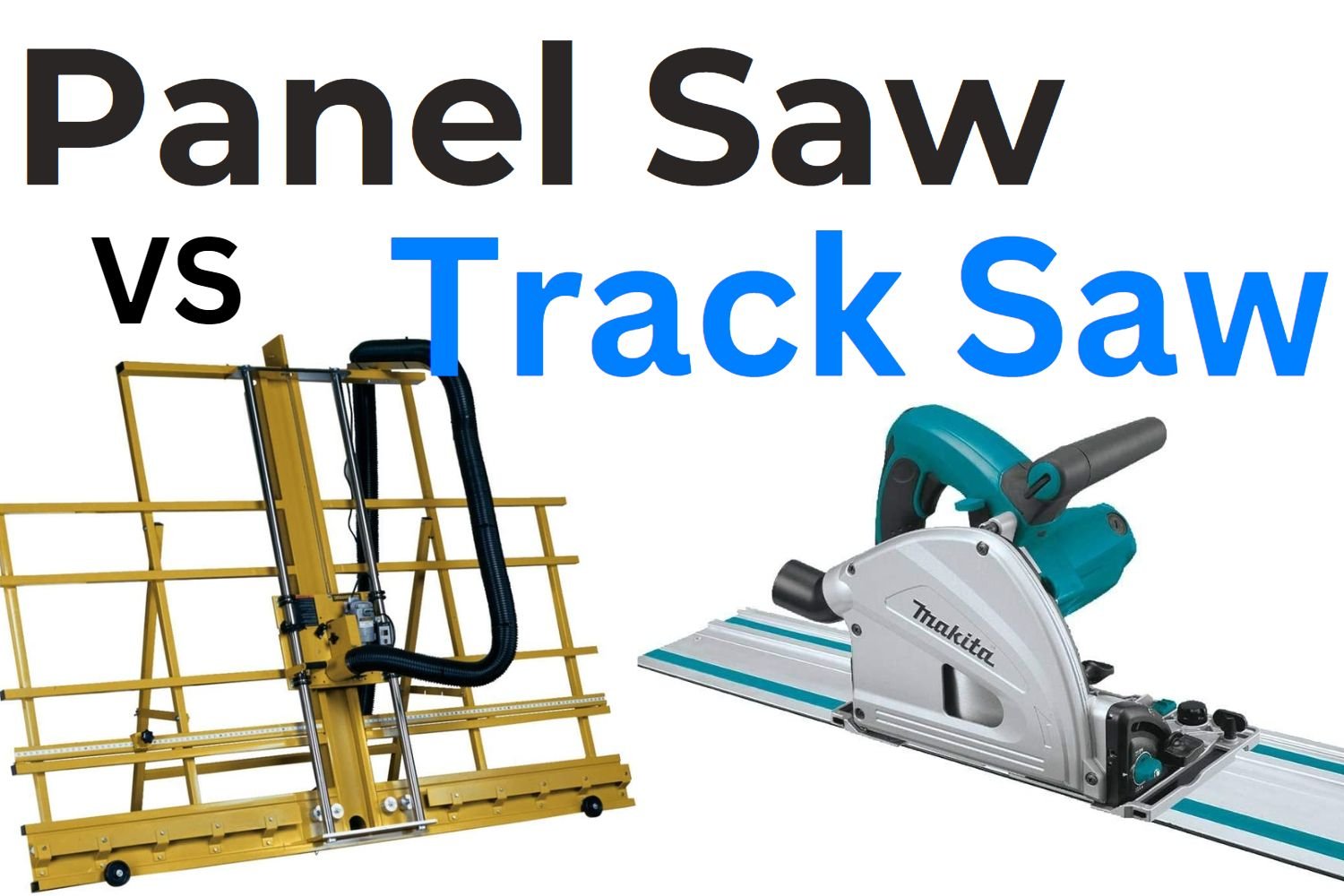If you’ve ever used a track saw, you’ll know just how convenient and efficient it can be for making straight and precise cuts. However, like any tool, it’s not without its drawbacks. In this article, we’ll explore some of the common challenges and limitations that come with using a track saw. Whether you’re a DIY enthusiast or a professional carpenter, understanding these drawbacks can help you make informed decisions and find ways to work around them.
Common Drawbacks of Using a Track Saw
If you are considering investing in a track saw, it is important to be aware of its limitations and potential drawbacks. While track saws are highly efficient tools for making straight cuts in various materials, they may not be suitable for all types of projects. In this article, we will explore the common drawbacks of using a track saw and provide you with a comprehensive understanding of its limitations.
1. Limited cutting depth
1.1 Reduced capability with thick materials
One of the main limitations of a track saw is its reduced cutting depth when it comes to thicker materials. While track saws are effective for cutting through standard materials such as plywood and solid wood, they may struggle when it comes to thicker pieces. If you frequently work with thick materials, you may find that a track saw lacks the power and capability to make clean, precise cuts.
1.2 Inability to make deep cuts
In addition to limited cutting depth with thicker materials, a track saw is also unable to make deep cuts. This can be a significant drawback if you need to make long and deep cuts in certain projects. While track saws excel at making straight cuts, their inability to accommodate deep cuts may require you to use alternative tools or techniques for specific applications.
1.3 Limitation in cutting through certain materials
Furthermore, track saws may have limitations when it comes to cutting through certain materials. For example, materials such as metal or stone may be difficult to cut through with a track saw due to their hardness and composition. It is important to consider the type of materials you frequently work with before deciding whether a track saw is the right tool for your needs.
2. Expensive equipment
2.1 Cost of initial purchase
While track saws can be highly effective tools, they can also be quite expensive to purchase initially. Compared to other cutting tools on the market, track saws tend to have a higher price point. This upfront cost may be a deterrent for individuals or businesses with limited budgets, especially if they only require occasional use of a track saw.
2.2 Additional expenses for accessories
In addition to the initial purchase cost, there may be additional expenses associated with track saws. Depending on your specific needs and projects, you may need to invest in various accessories such as different blade types, guide rails, clamps, and more. These additional costs can quickly add up and should be taken into account when considering the overall investment in a track saw.
2.3 Maintenance and repair costs
Like any power tool, track saws require regular maintenance and occasional repairs. The cost of maintaining and repairing a track saw can also be a factor to consider. Factors such as blade replacements, servicing, and repairs can add to the overall cost of owning and using a track saw. It is important to factor in these ongoing expenses when making your decision.

This image is property of www.christofix.com.
3. Lack of versatility
3.1 Limited to straight cuts
While track saws are known for their accuracy in making straight cuts, their functionality is limited to these types of cuts. If you frequently need to make curved or angled cuts, a track saw may not be the most suitable tool for your requirements. In such cases, you may need to rely on alternative cutting tools or techniques to achieve the desired result.
3.2 Difficulty in making curves and angled cuts
Even if you attempt to make curved or angled cuts with a track saw, it can be challenging to achieve the desired precision and smoothness. The nature of the track saw’s design and operation makes it less adept at handling these types of cuts compared to specialized tools such as jigsaws or band saws. It is important to evaluate your specific cutting needs and decide whether a track saw is the right tool for the job.
3.3 Inability to perform plunge cuts
Another limitation of track saws is their inability to perform plunge cuts. Plunge cuts are essential when you need to start a cut in the middle of a material rather than at the edge. Track saws do not have the built-in mechanism or design to facilitate plunge cuts. If your projects often require plunge cuts, you may need to explore alternative tools that can offer this capability.
4. Large and bulky size
4.1 Difficult to maneuver in tight spaces
Track saws are typically larger and bulkier compared to other handheld cutting tools. This can make it challenging to maneuver the tool in tight or confined spaces. If you frequently work in areas with limited space, such as small workshops or crowded job sites, the size of a track saw may prove to be inconvenient and potentially hinder your ability to make accurate cuts.
4.2 Challenging to transport and store
Due to their size and weight, track saws can also be difficult to transport from one location to another. If you frequently work on different job sites or need to transport your tools to different locations, the bulkiness of a track saw may pose logistical challenges. Additionally, track saws may require specific storage solutions to ensure their safety and protection, further contributing to potential storage limitations.
4.3 Requires ample workspace
The size of a track saw also necessitates ample workspace when in use. The long guide rails and the need for clearance on either side of the material being cut can limit your ability to work in tight quarters. It is important to consider the space requirements of a track saw and ensure that your workspace can accommodate its size and allow for smooth and safe operation.

This image is property of imagesvc.meredithcorp.io.
5. Dependence on power source
5.1 Inconvenience during power outages
Track saws, like many other power tools, rely on electricity to operate. This dependence on a power source can be an inconvenience in the event of a power outage. If you frequently work in areas with unreliable power supply or are prone to experiencing power outages, a track saw’s inability to function without electricity may hinder your ability to complete your projects on time.
5.2 Limited portability without access to electricity
In addition to power outages, the reliance on electricity also limits the portability of a track saw. If you need to work in remote areas or off-site locations where access to electricity is limited or unavailable, a track saw may not be a feasible option. This limitation can hinder your ability to take on projects that require portable cutting solutions.
5.3 Higher risk of accidents due to power cords
The presence of power cords in track saws can also increase the risk of accidents and injuries. The cords can be tripping hazards, especially in busy or cluttered work areas. They can also get entangled in the material being cut, causing the track saw to jerk or potentially damage the material. It is important to exercise caution and implement proper cord management practices to mitigate the risk of accidents.
6. Noise and dust
6.1 Loud operation
Like many power tools, track saws can generate significant noise during operation. The noise level can be disruptive, especially in environments where noise regulations or considerations are in place. It is important to wear appropriate hearing protection and take measures to minimize the noise impact, especially when working in enclosed spaces or populated areas.
6.2 Generative of significant dust particles
Cutting materials with a track saw can create a significant amount of dust particles. The dust can be hazardous to your health if inhaled, and it can also accumulate on surfaces, potentially affecting the cleanliness of your workspace. Proper dust extraction or use of dust collection accessories is recommended to minimize the dust particles and maintain a healthier work environment.
6.3 Necessity for additional safety measures
Given the noise and dust generated by track saws, it may be necessary to implement additional safety measures. This can include wearing personal protective equipment such as safety goggles, respiratory masks, and gloves to mitigate potential health risks associated with exposure to noise and dust particles. Additionally, regular cleaning and maintenance of the track saw’s components can contribute to safer operation and longevity of the tool.

This image is property of images.squarespace-cdn.com.
7. Skill and experience required
7.1 Steep learning curve
While track saws are generally user-friendly tools, they do require a certain level of skill and experience to achieve accurate and precise cuts. The learning curve associated with track saws may be steeper compared to other cutting tools. Proper technique, understanding of the tool’s features, and adequate safety precautions are crucial to maximize the efficiency and effectiveness of a track saw.
7.2 Precision and control demands expertise
The ability to make consistently accurate cuts with a track saw requires a high level of precision and control. Minor errors in technique or lack of expertise can result in inaccuracies or rough edges in your cuts. It is important to practice and develop the necessary skills to effectively use a track saw before taking on demanding projects that require precise cuts.
7.3 Potential for mistakes and mishaps
Inexperienced users of track saws may find themselves more prone to mistakes and mishaps. A lack of familiarity with the tool’s operation, safety precautions, or appropriate techniques can lead to accidents, material damage, or personal injuries. It is crucial to take the time to thoroughly understand the tool and its capabilities, as well as invest in proper training and education, to minimize the risk of accidents and ensure safe operation.
8. Limited portability
8.1 Dependency on stable surfaces
The setup and operation of a track saw often require a stable and flat surface. Without a stable surface to secure the guide rail and material, achieving accurate cuts can be challenging. If you frequently work in areas with uneven or unstable surfaces, a track saw may not be the most practical tool for your projects. Alternative cutting tools that do not rely on such surface requirements may be more suitable.
8.2 Restricted to on-site usage
The size, weight, and surface dependency of track saws often restrict their usage to on-site projects. If you require a cutting tool that offers more portability and versatility for off-site or remote projects, a track saw may not meet your needs. You may need to explore alternative options such as portable circular saws that offer more flexibility and maneuverability.
8.3 Cumbersome for remote or off-site projects
For projects located in remote or off-site locations, transporting a track saw and its required accessories can be cumbersome and time-consuming. The long guide rails and the bulkiness of the track saw can pose logistical challenges, especially when moving through difficult terrains or limited-access areas. It is important to assess your specific project requirements and consider the portability limitations of a track saw before making a decision.

This image is property of www.woodworkersjournal.com.
9. Safety concerns
9.1 Risks of kickbacks and blade binding
Track saws, like any cutting tool, carry inherent risks of kickbacks and blade binding. A kickback occurs when the blade catches on the material being cut, causing the tool to jerk or recoil. Blade binding can occur when the blade gets stuck in the material, potentially causing the saw to seize or kickback. These risks can lead to accidents, injuries, or damage to the material or the tool itself. It is essential to follow proper safety procedures, use the appropriate blade, and ensure the material is securely clamped to minimize these risks.
9.2 Exposure to sharp rotating blades
Working with a track saw requires close proximity to sharp rotating blades. It is crucial to exercise caution when operating the tool and stay attentive to avoid accidentally coming into contact with the blades. Carelessness or distractions can increase the risk of cuts, lacerations, or amputations. Proper protective gear, such as gloves and safety goggles, can provide an additional layer of protection.
9.3 Possibility of accidental cuts
Accidental cuts can occur during the setup or adjustment processes of a track saw. The sharp blade and the exposed components can pose risks, especially if the user’s hand or fingers come into contact with the moving parts. It is important to always follow the manufacturer’s instructions and take necessary precautions when handling the track saw to avoid accidental cuts or injuries.
10. Potential for material damage
10.1 Prone to splintering and tear-outs
When cutting certain materials with a track saw, there is a risk of splintering or tear-outs. These issues can occur if the blade is not appropriately selected, if the blade is dull, or if the material is prone to these types of damages. While using the proper blade and ensuring a secure setup can minimize these risks, it is important to be aware that track saws may not always produce perfectly clean and splinter-free cuts.
10.2 Surface scratches on delicate materials
The metal base plate of a track saw can potentially cause surface scratches on delicate or finished materials such as veneer or laminates. The hard metal plate, if not properly protected or if not used with caution, can mar the surface of the material. Careful handling, the use of protective measures like special base plates or edge tapes, and proper technique can mitigate this risk, but it is still important to be cautious when cutting delicate or finished materials.
10.3 Difficulty in handling small or fragile pieces
Due to its size and design, a track saw may not be the most suitable tool for handling small or fragile pieces of material. The long guide rails and the bulkiness of the tool can make it challenging to maneuver and adequately support smaller or more delicate workpieces. Specialized cutting tools or techniques may be more appropriate for these types of materials to ensure precise cuts and minimize the risk of damage.
In conclusion, track saws offer numerous advantages in terms of accuracy, efficiency, and ease of use. However, they also come with their fair share of limitations and potential drawbacks. The limited cutting depth, expensive equipment, lack of versatility, large and bulky size, dependence on a power source, noise and dust generation, skill and experience requirements, limited portability, safety concerns, and potential for material damage are all factors to consider when deciding whether a track saw is the right tool for your specific needs and projects. By understanding these drawbacks and weighing them against your requirements, you can make an informed decision that ensures the successful completion of your projects while prioritizing safety and efficiency.

This image is property of www.christofix.com.
